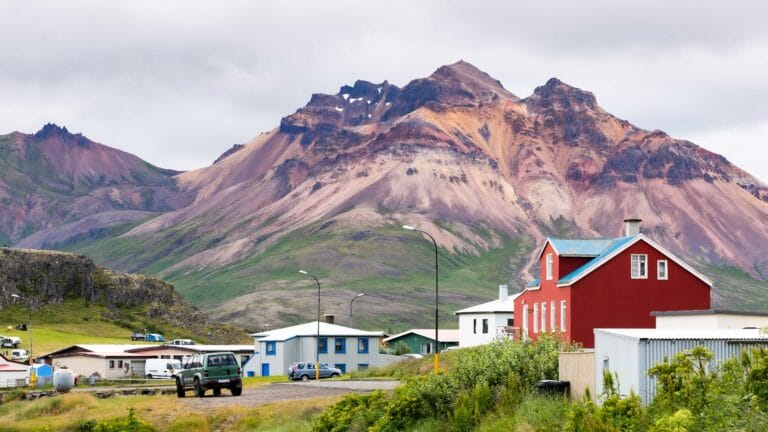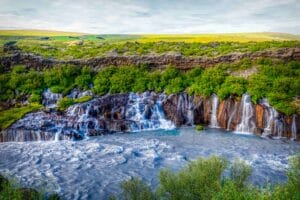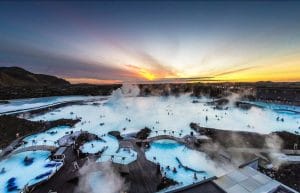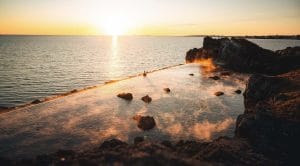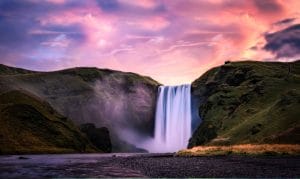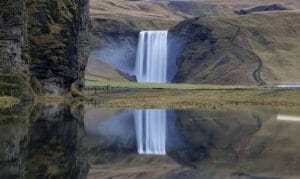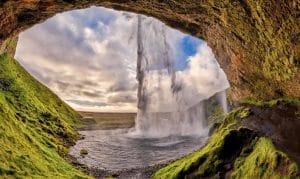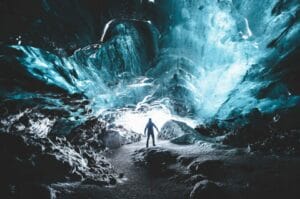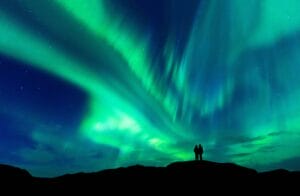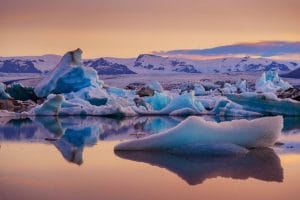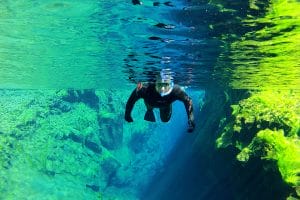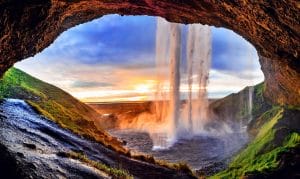Basic Information
The moment you think of visiting Iceland, your mind will be filled with the spectacular views of snow-blanketed landscapes, gigantic volcanic peaks, lagoons, glacial lakes, geysers, massive human-sized (and even larger) icebergs, sweeping black sand beaches, turf houses, and the steaming lava fields. Iceland is a perfect place for all the travel enthusiasts, nature lovers, adventure seekers who are looking forward to the unexpected, something that you won’t see and experience every day for sure! It is nearly in every traveler’s bucket list. Iceland, a place of fire and ice, is an all-year-round destination that is ever ready to greet and meet visitors from all across the world. Now, though there are multiple beautiful destinations to visit in Iceland, there is one certain place that is known for its impressive and sensational basalt columns edged in symmetrical geometric shapes – Gerðuberg Cliffs. So, mark this destination on your bucket list and let’s get set to find out more about this thing of beauty.
Geology of Gerðuberg
Gerðuberg Cliffs, also referred to as Columnar Jointing, are a pure treat to the eyes and are going to make you stop in your tracks and stare at them in awe! Gerðuberg is known for its impressive row of perfectly shaped hexagonal basalt columns that are spread along a massive cliff and is on the southern side of Snӕfellsnes Peninsula, West Iceland. It is located on the western edge of the Hnappadalur valley, 46 km to the north of Borgarnes town, and 115 km to Reykjavík. The Snӕfellsnes Peninsula is known for the long-range of volcanoes while one of the well-known is Snӕfellsjökull glacier volcano in Iceland.
The unusual thing about Gerðuberg hexagonal-shaped cliffs is the geometrical symmetry. The beautiful columns seem to be hand-carved. Though this is something beyond our imagination but has been perfectly explained by science. It was thousands of years ago in the geological Tertiary age, during an eruption, the rivers of flowing basaltic lava ran off the massive cliffs and that too in equal flows with great symmetry. The lava slowly began to consolidate, immediately cooled by the sea, which caused them to take unique and unusual pillar shapes that can be seen today. It seems unbelievable but the lava solidified in extremely even running columns. The cliffs are made of dolerite, a coarse-grained basalt rock. The highest pillars are as high as 14 meters while measures 1-1.5 meters wide.

Know More About the Destination
When you visit Gerðuberg cliffs, you will see hundreds of basalt column stacks that are spread across the half a kilometre. The view is spectacular and is visually engaging. Walk by these incredible natural geological structures that will give you a better view and is more exciting, rather than going on the top of the cliffs. Don’t waste time by going up on the cliffs, you can walk along the trails at the bottom too. You will notice, few of the pillars are leaning forward too! So, relax and spend time in the lap of nature adoring the natural wonders. Make sure you are wearing good and reliable shoes that will help you grip better when walking on the rocky terrains. The weather can be brutal, so don’t forget to carry warm clothes, caps, socks, and sunglasses.
How to Reach Gerðuberg:
Take a close look at this natural wonder up and close Gerðuberg Cliffs are extremely easy to access from the Highway 54, it is about 1 km to the small parking lot. There is an old hiking trail that will take you to the cliffs. It is just a 2 hour drive from the capital city Reykjavik.
Map of Gerðuberg
Interesting locations in the area
Locations
- Landbrotalaug hot spring
- Sturlungalaug hot spring
- Löngufjörur beach
- Eldborg Crater
- Ytri Tunga Seal Colony
Activities
- Whale Watching
- Puffins & Bird Watching
- Horse Riding
Hotels & Restaurants
- Snorrastadir Farm Holidays
- Sodulsholt Cottages
- Hotel Búðir
- Fosshotel Hellnar
- Sjávarpakkhúsið
- Agnið Streetfood



